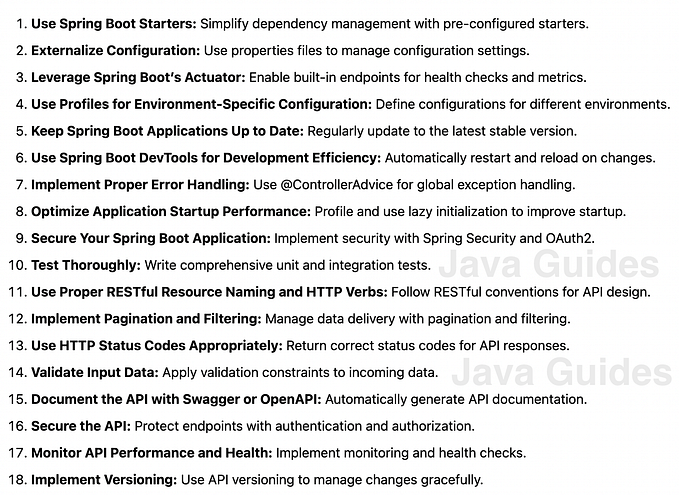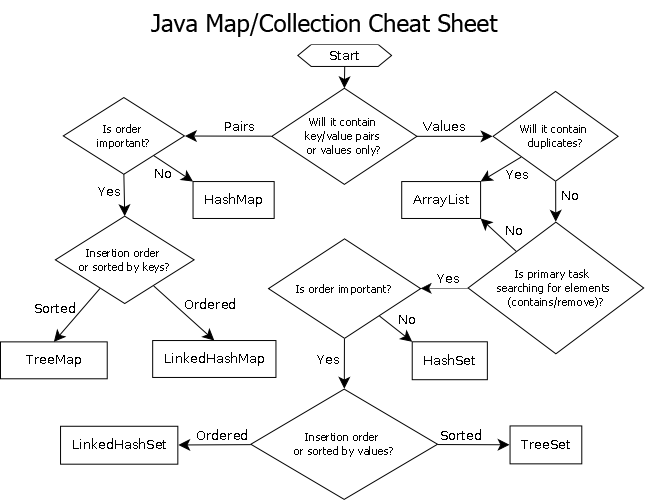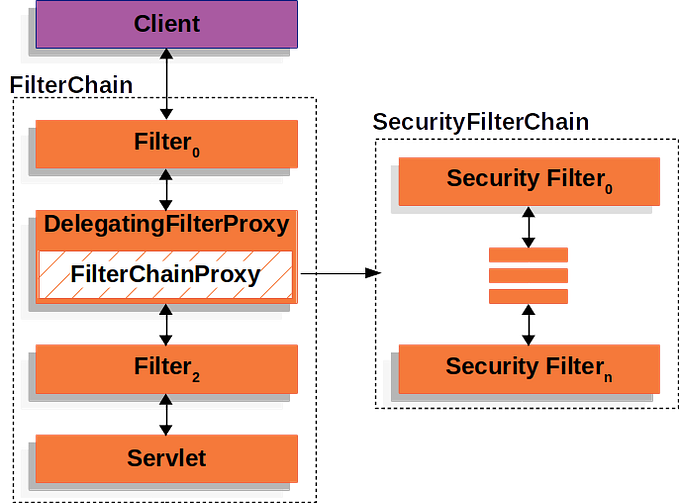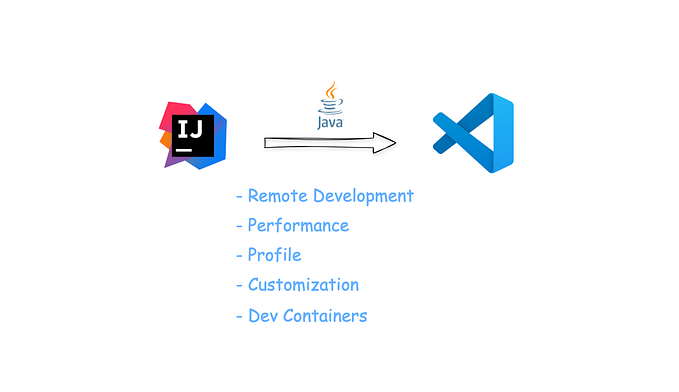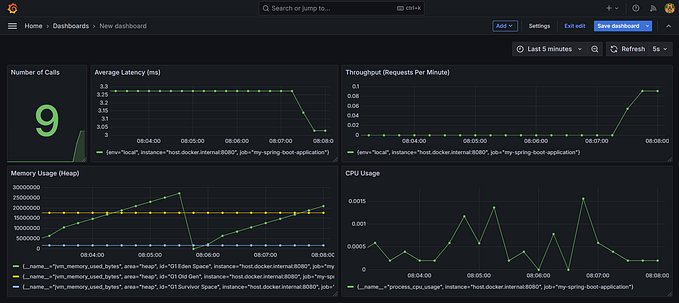Member-only story
Docker Best Practices for Java and Spring Boot Applications
Introduction
Docker has revolutionized software development by enabling lightweight, portable, and scalable application deployments. For Java and Spring Boot applications, Docker simplifies environment management, reduces conflicts, and makes CI/CD pipelines more efficient.
However, misconfigurations can lead to security vulnerabilities, inefficient resource utilization, and performance issues. In this guide, we’ll explore Docker best practices for Java and Spring Boot applications, ensuring optimized, secure, and efficient containerization.
For non-members, read this article on my blog: Docker Best Practices for Java and Spring Boot Applications.
1️⃣ Use a Lightweight Base Image 📦
Common Pitfall
Using large base images like openjdk or ubuntu increases the container size, leading to longer build times and higher resource consumption.
✅ Best Practice
✔ Use lightweight base images like eclipse-temurin or alpine.
✔ Prefer distroless images for security and efficiency.
🔹 Example: Using a Lightweight Image
# Bad Practice (Heavy Image)
FROM openjdk:21
# Good Practice (Lightweight Image)
FROM eclipse-temurin:21-jre-alpine

